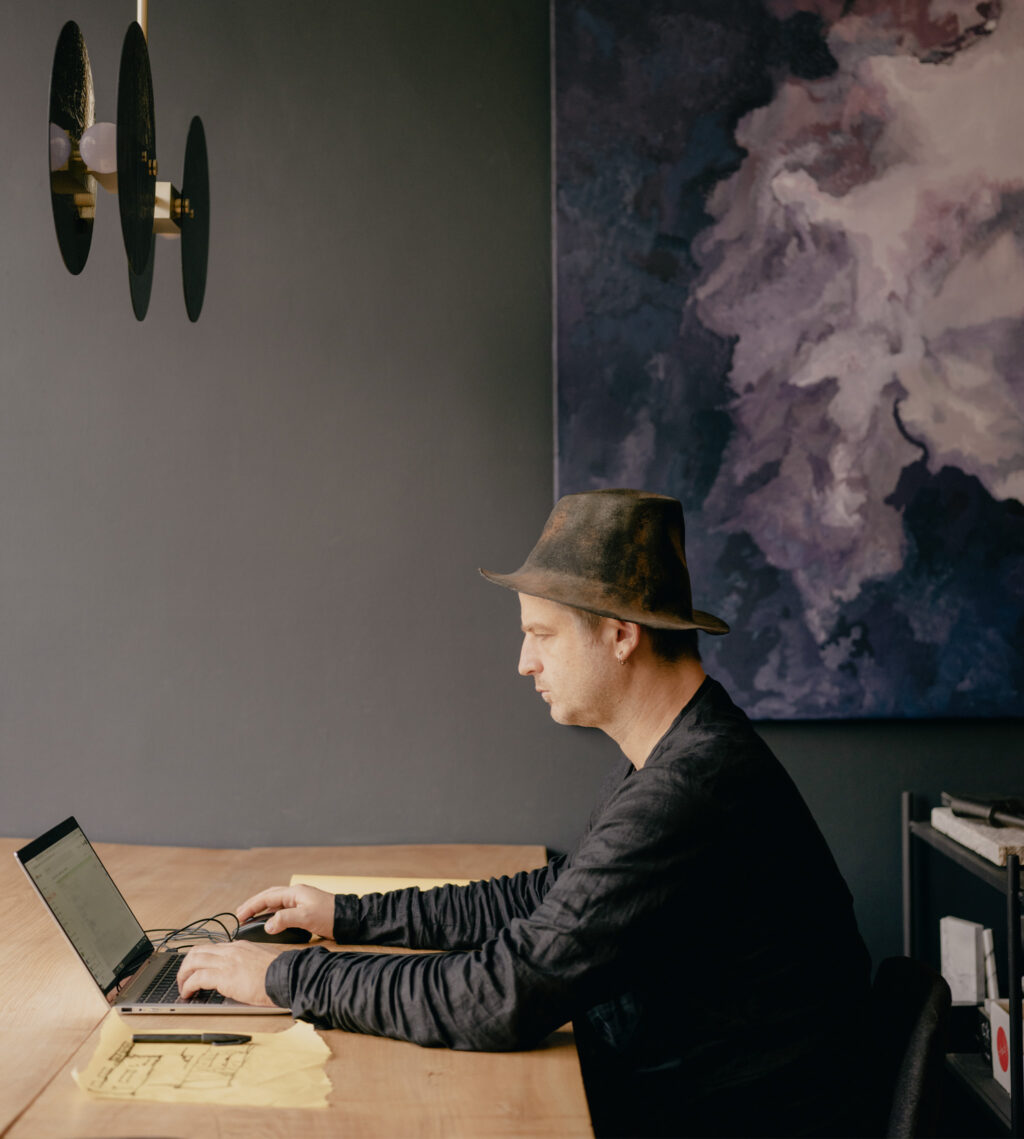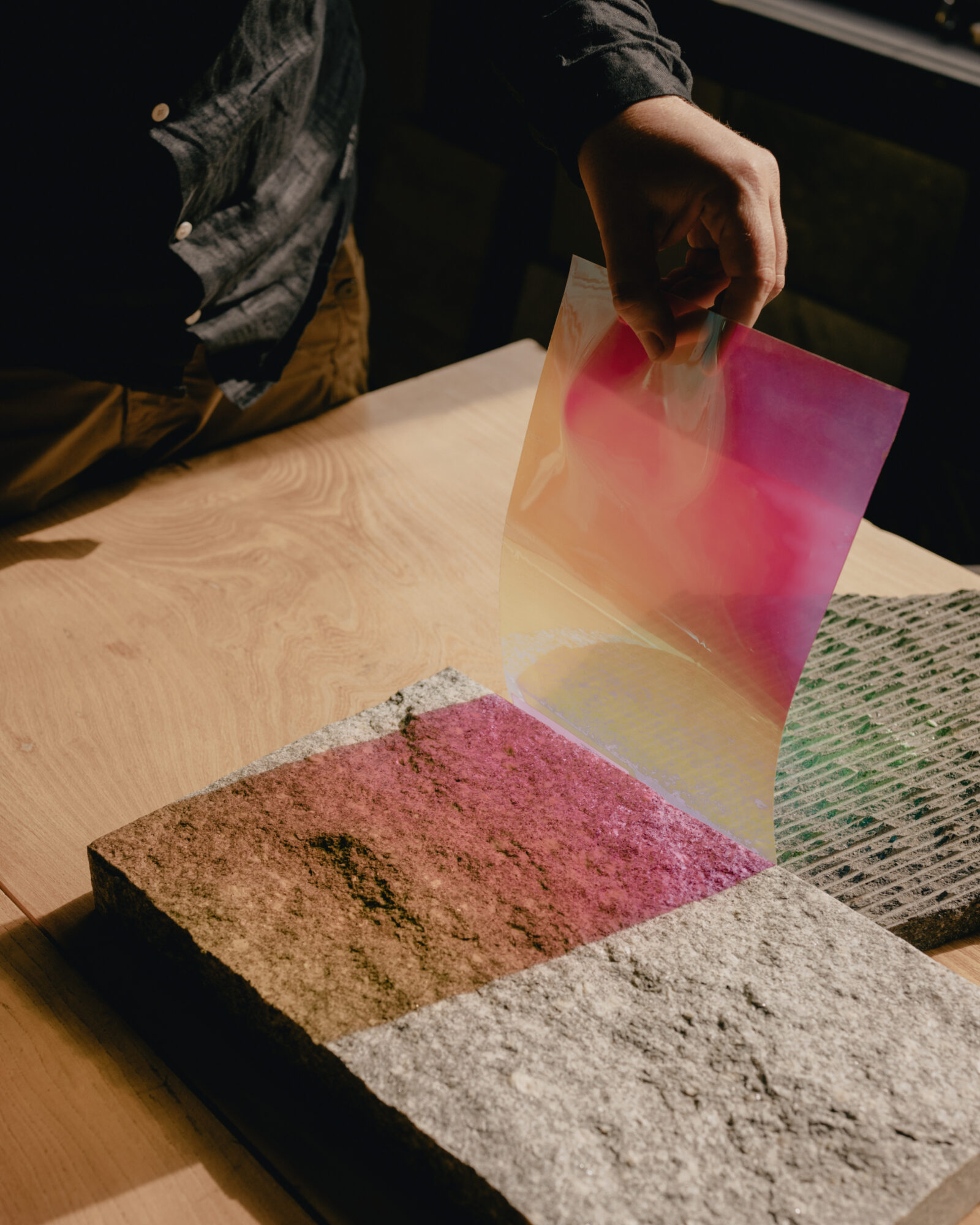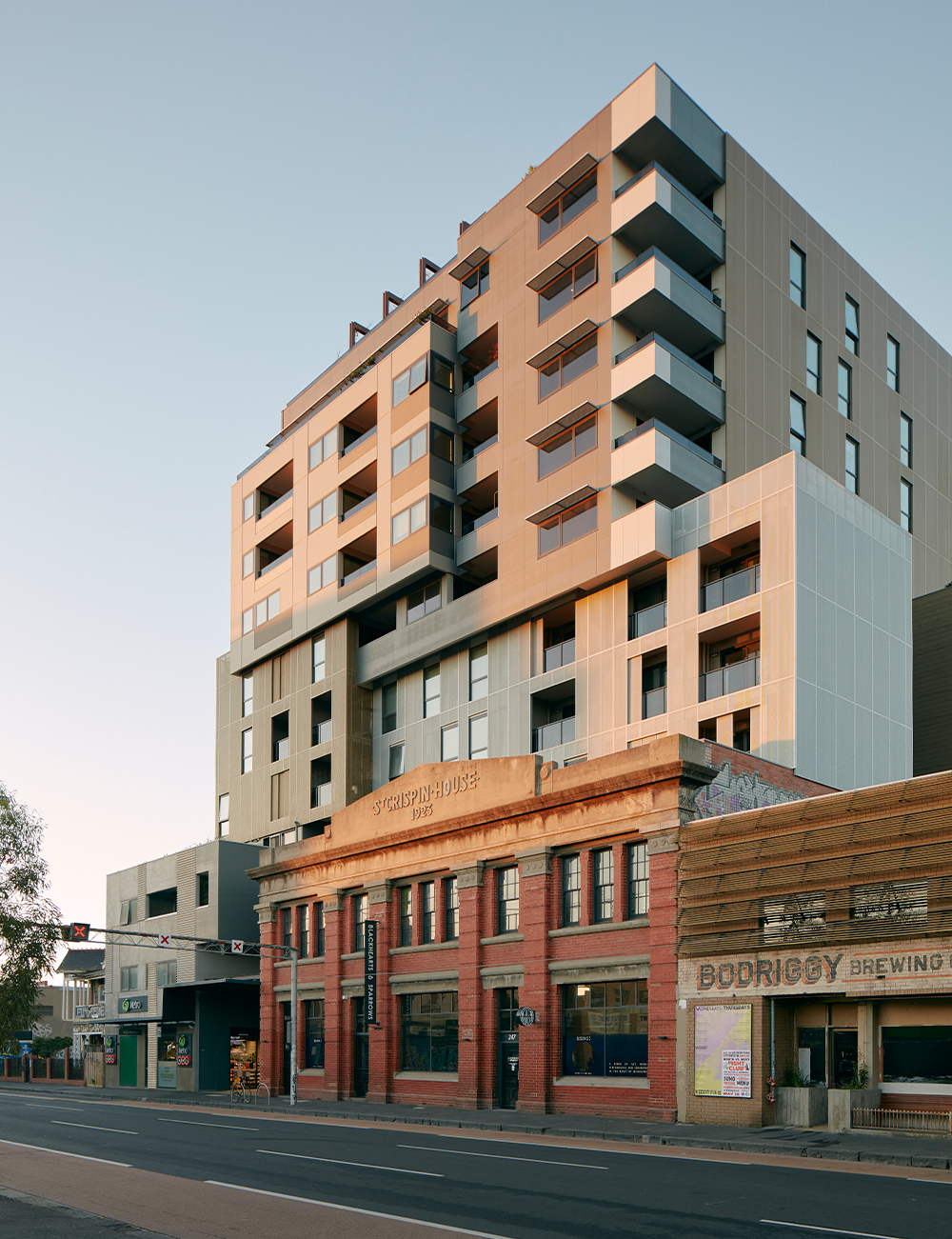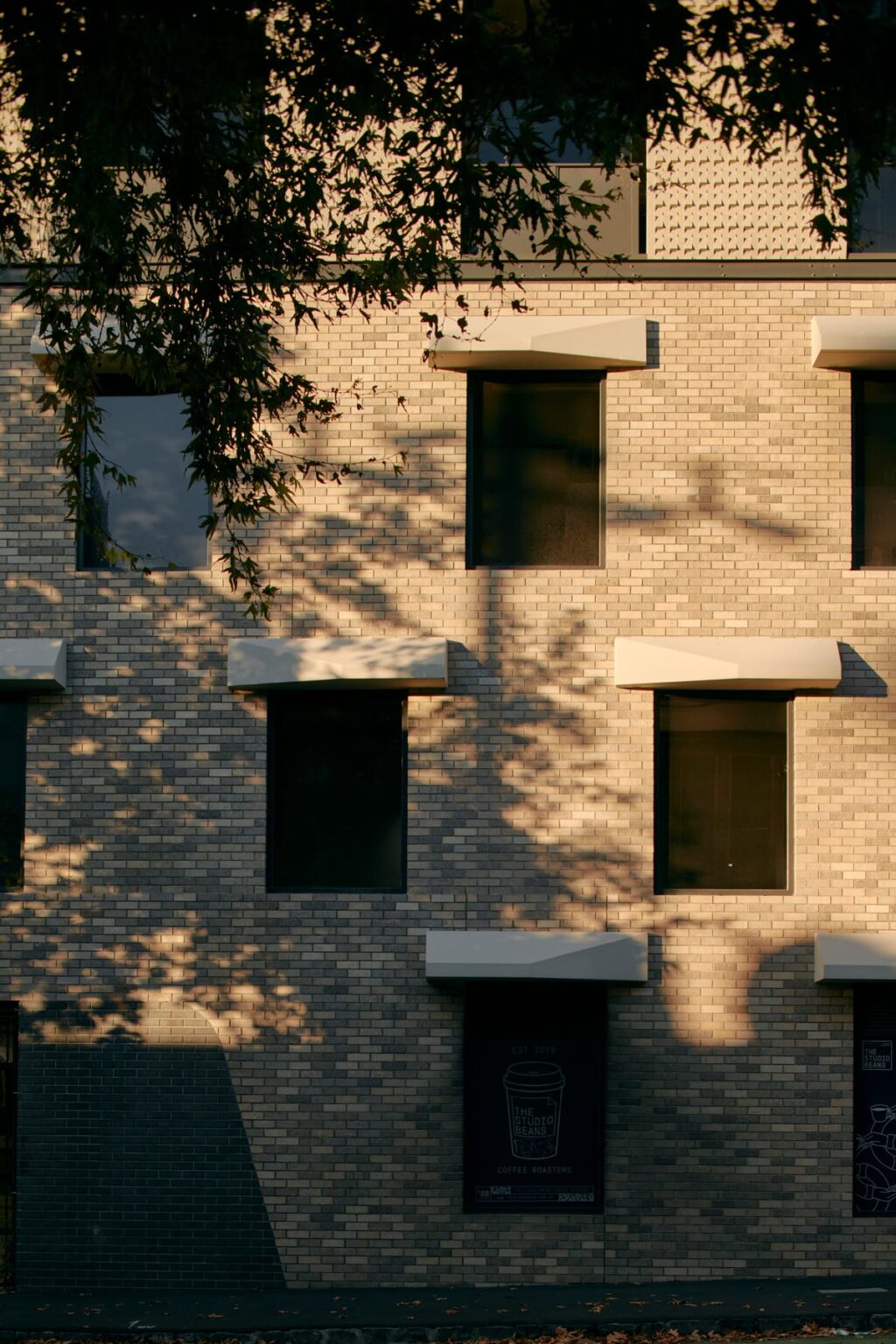We are honoured to be recognised by the highly esteemed Master Builders Victoria association, with Pace of Abbotsford securing its position in the 2020 Excellence in Construction Awards (Excellence in Highrise Apartment Buildings).
Read More
A conversation with Chris Stanley, Director of Splinter Society
Splinter Society is a Melbourne-based architecture and interior design studio committed to crafting environments centred around the people who call them home. We spoke with Chris Stanley about his collaboration with Pace on Six Cubitt, his approach to design and what makes for a modern workspace.
Journals
view allNews
03.09.2019
Pace secures next landmark development in sought-after Fitzroy
Pace is cementing its position as a dynamic residential developer in Melbourne’s North, acquiring another coveted site at 223-231 Johnston St, Fitzroy.
Read More


